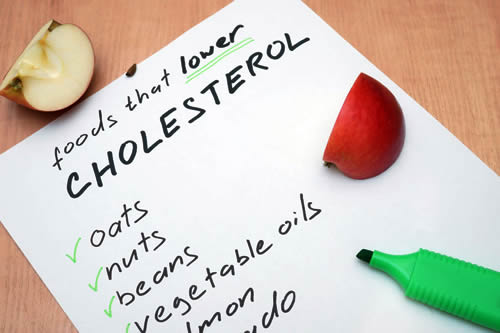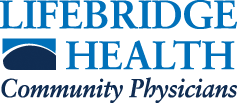1. Fiber
 Consume foods that are naturally high in fiber, especially soluble fiber. Soluble fiber is found in legumes, fruits and root vegetables, as well as oats, barley and flax. For every 1 or 2 grams of soluble fiber you consume daily, you will lower your LDL by 1%. Try to consume 10-25 grams of soluble fiber per day. Psyllium husk may help those who have trouble consuming enough; talk to your physician if this is the case.
Consume foods that are naturally high in fiber, especially soluble fiber. Soluble fiber is found in legumes, fruits and root vegetables, as well as oats, barley and flax. For every 1 or 2 grams of soluble fiber you consume daily, you will lower your LDL by 1%. Try to consume 10-25 grams of soluble fiber per day. Psyllium husk may help those who have trouble consuming enough; talk to your physician if this is the case.
2. Small Meals
Eat 6 to 8 small meals daily instead of 1 or 2 large ones.
3. Non-fat Dairy
Use only non-fat dairy products. Regular dairy products like whole milk, butter, cheese, cream cheese and ricotta cheese are very high in saturated fat. Cheese is the number one source of saturated fat in the American diet.
4. Physical Activity
Accumulate 30 minutes of moderate physical activity on most days of the week to help raise HDL. Ideally, try to walk at least 2 to 3 miles per day at least 5 to six days a week. Start gradually and work up slowly.
5. Limit Saturated Fat
Limit the amount of saturated fat you consume from red meat, restaurant meals, frozen foods and tropical oils. Ideally, you
should consume no more than 5% of your daily calories from saturated fat (around 10-11g for most people.)
6. Avoid Added Trans Fat
This fat comes from partially hydrogenated vegetable oils often found in fried foods and processed foods like crackers, baked goods and desserts. Choose foods with 0g trans-fat on the label and be aware of foods that contain partially hydrogenated oils because they can contain up to .49g per serving and still claim 0g.
7. Limit Cholesterol
Limit your daily cholesterol intake to no more than 100mg. Cholesterol is found in high amounts in egg yolks, squid and animal organs like liver.
8. Lose Weight
If you are overweight, lose weight. This will help lower your total cholesterol and raise your HDL. The best way to lose
weight and keep it off is to exercise and eat a diet that is high in fiber and low in fat and added sugar.
9. Limit Sugar and Fructose
Limit your intake of sugar and fructose. This should lower triglycerides, aid weight loss and will help lower LDL.
10. Foods with Added Sterols
Consider using foods that have added sterols. These include margarine, yogurt and orange juice. The National Cholesterol
Education Program’s Adult Treatment Panel III (ATPIII) says, “daily intakes of two to three grams per day of plant sterol/stanol esters will reduce LDL cholesterol by 6 to 15 percent.”
Base most of your meals on fruits, vegetables, whole grains and legumes, with a minimum of animal protein foods low in saturated fat, like non-fat dairy, fish and egg whites.
© Food and Health Communications
Woodholme encourages a healthy diet and proper nutrition as one aspect of maintaining heart health. The nutrition information and recipes are presented for informational purposes only and are not intended take the place of one-on-one advice from your doctor. Please follow your personal physician’s recommendations if any recipes, ingredients, or advice found here conflict with what your doctor

